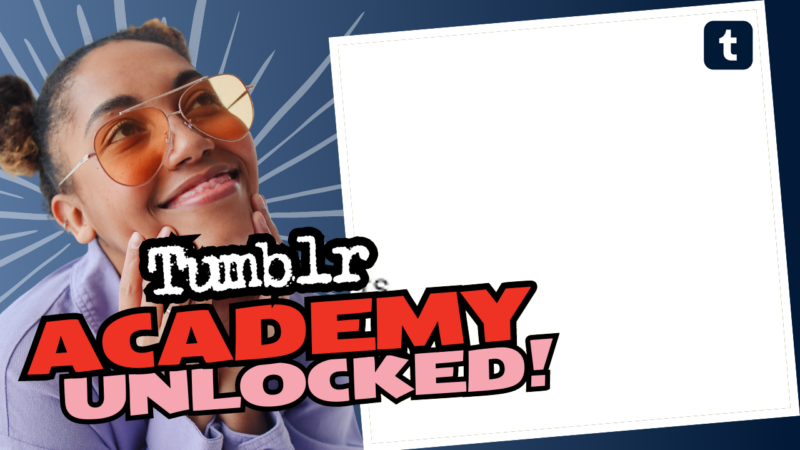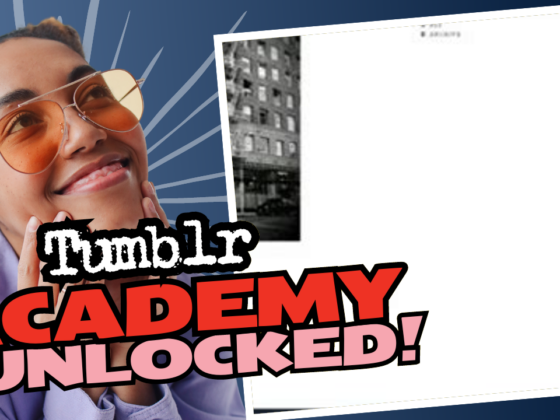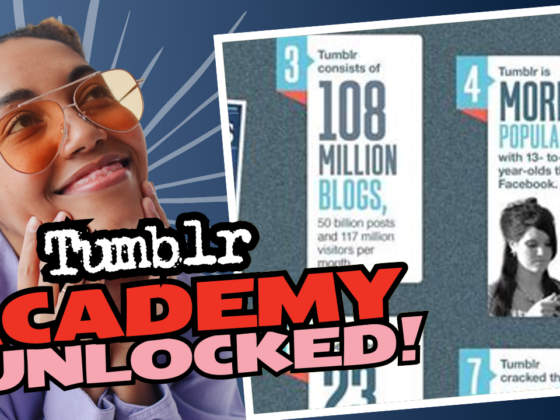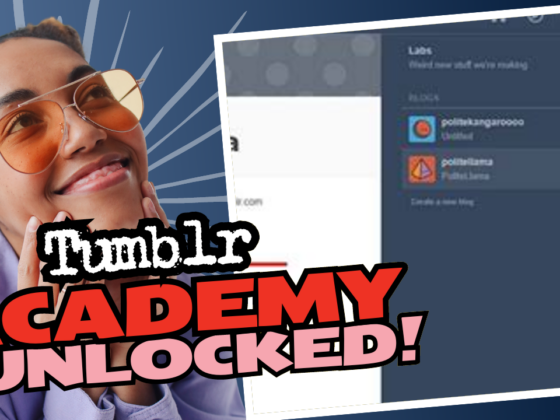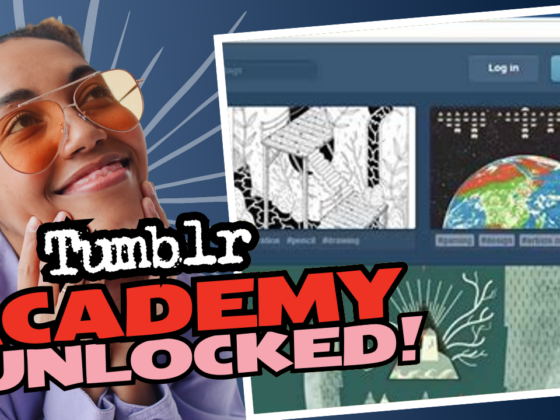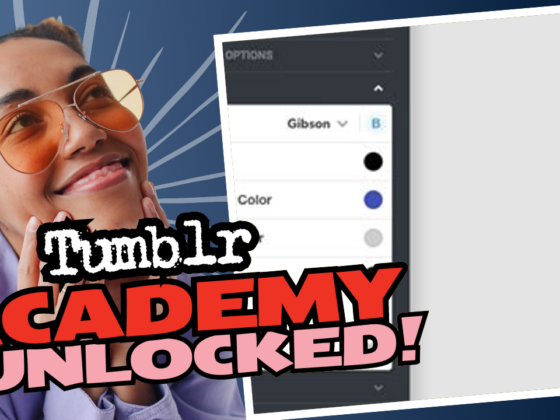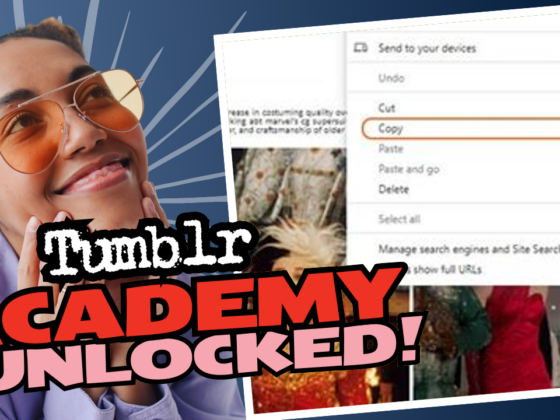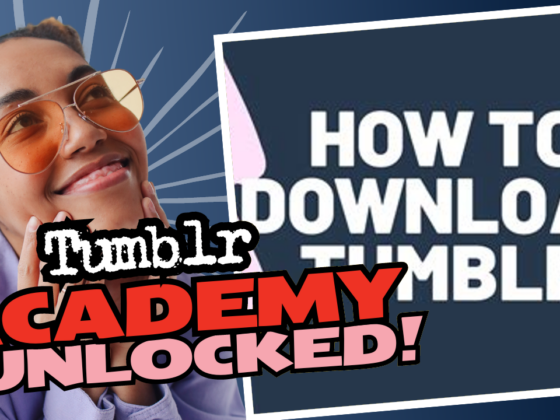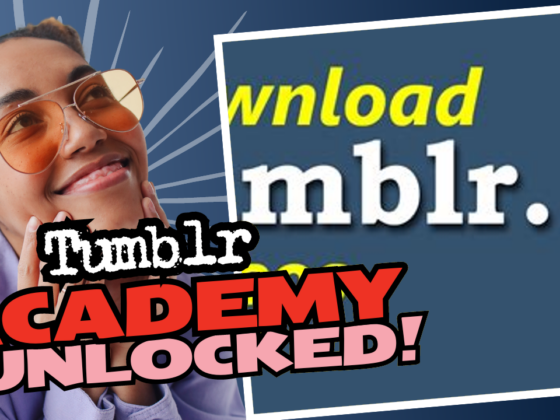Understanding Tumblr Submissions: The Ins and Outs
So, you’re diving into the vibrant world of Tumblr and you encounter the term “submissions”. What even is that? Before you think it’s just a tech glitch or similar to some unruly laundry pile, let’s pick it apart, shall we? Because the last thing you want is to post a cute cat video and end up in a digital faux pas. 🐱
What Are Tumblr Submissions Anyway?
Tumblr submissions refer essentially to the way users can contribute content to a blog they follow or find interesting. There’s something magical, err… enjoyable about sharing your favorite finds—be it a link, a photo, or a video—with the community, but there’s a teeny tiny catch: you need to explain the context of the submission. Think of it as the wrapping on a present. The content might be awesome on its own, but a little explanation helps it shine brighter!
The Submission Statement: What You Need to Know
When you submit something on Tumblr, especially in response to a prompt or a theme, you often need to include a “submission statement.” That’s just a fancy way of saying you should explain why you’re sharing this particular piece of content. If you’re posting a link, a photo, or a video, this is your moment to strut your stuff and articulate what’s going on and why it belongs on that blog.
- Link Post: “Hey, check out this snazzy article about the history of pizza! 🍕 It’s eye-opening!”
- Photo Post: “I snapped this beauty at the local botanical gardens—couldn’t help myself!”
- Video Post: “This hilarious cat compilation perfectly captures how I feel about Mondays!”
This helps curators of the blog maintain quality control and keeps the community informed. Because let’s face it, nobody wants to click a suspicious link that takes them on a journey to nowhere. Or worse, to a creepy site that looks like it was designed in the early 2000s! Yikes!
The Glitches and Bots: What’s Up With That?
Now, if you’ve clicked around and noticed that some submissions are missing or seem to disappear faster than snacks at a party, you’re not alone! You might be experiencing a glitch, which can sometimes happen on platforms like Tumblr (cue the dramatic music). Or, perhaps, a cheeky bot got filtered out because it couldn’t pass the human test! Imagine a robot trying to sneak in its doodles. Not today, robot! Not today.
If you don’t see submissions that you think should be there, it’s a great idea to check the sidebar or about tab on the blog to see if there are specific posting guidelines. Or, why not just ask the mods? Yes, communicate! Most of them are friendly and like to help out. They can clarify whether it’s a submission rule or a mini digital apocalypse.
Submission Statements: Where They’re Required and Where They Aren’t
Now, before you dive into a pool of submissions thinking you can throw anything and everything onto the screen, pause. Context is key! While some communities thrive on your detailed explanations, others may feel more laid-back. Here’s the lowdown:
“Sometimes less is more, but when it comes to submissions—it’s all about more context.”
Some subreddits (oops! I meant Tumblr blogs) might insist you include a submission statement especially if you’re sharing potentially sensitive content. This requirement exists to ensure the community doesn’t spiral down the rabbit hole of misinformation, manipulation, or just plain old boring content. We’re all about quality entertainment here, folks!
How to Craft a Submission Statement Like a Pro!
Now that you understand the ins and outs, you’re practically ready to be the submission wizard of Tumblr! But wait, before you grab your wand (or keyboard) and start conjuring up content, let’s consider how to construct that well-crafted submission statement. Think of these as simple steps to avoid stepping on digital toes:
- Be Clear: Use concise language so your readers know what they’re getting into. For example, instead of saying “I dunno, this is cool,” try “This artwork captures the essence of a sunset in a way that makes my heart sing!” 🎨
- Be Engaging: Use humor, anecdotes, or relatable references to draw people in. Everyone loves a good laugh or a cute story!
- Provide Context: Explain why you think the content fits the blog’s theme. “This short film resonates with this blog’s focus on creativity and innovation, and I couldn’t resist sharing it!”
- Keep it Relevant: Ensure your explanation ties directly to the post. This keeps the community vibe intact and relevant. No random rants about the weather, please!
If you follow these tips, you’ll not only avoid the dreaded “who let this in?” looks from the mods, but you’ll also showcase your profile in a manner that could gather some applause (or at least virtual high-fives).
Do Submission Statements Really Matter?
You might wonder whether taking the time to craft a submission statement actually makes a difference. Oh, absolutely! 🥳 Think of it as your personal touch—a way to express your passion and the reason behind your share. Additionally, it demonstrates your consideration for the community, fostering better engagement and interactions.
When users put thought into what they submit, they enrich the Tumblr experience tremendously. This encourages others to consider their submissions anew, elevating the quality of chatter on the platform. Plus, who doesn’t like reading a post that’s curated well! 🎉
Final Thoughts: Let’s Get Submitting!
So, after dive-bombing into the realm of Tumblr submissions and their corresponding statements, you’re now primed to not only navigate this fascinating social media sphere but to do so in style with flair! You’ve got the tools, knowledge, and a heart full of creativity, and it’s your time to shine. So, go ahead, unleash that burst of creativity on the world, and don’t forget to sprinkle a little context as you strut your stuff. The Tumblr public awaits your fabulous contributions!
And if anyone tells you that a submission statement isn’t necessary, just give them the good ol’ winky face and remind them that clarity is sexy. Happy submitting!

